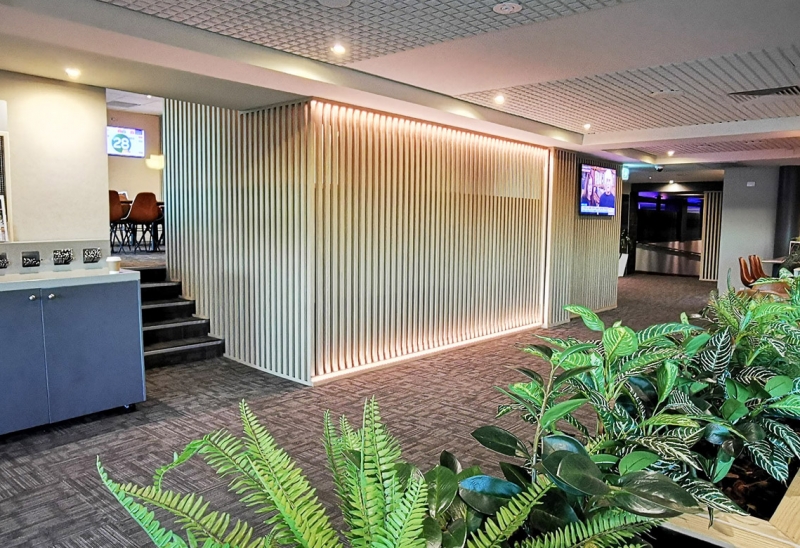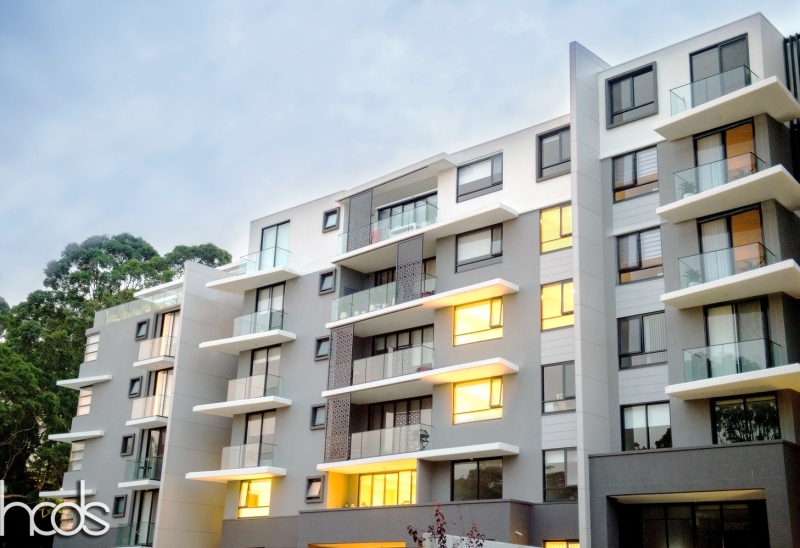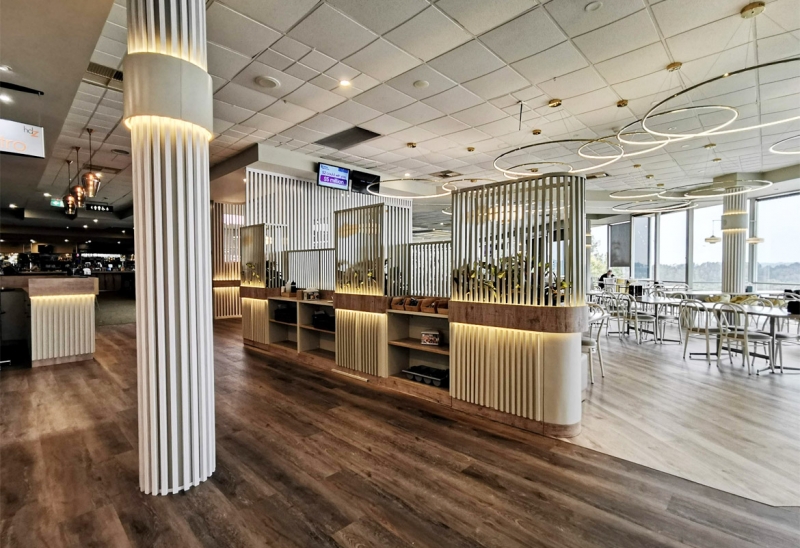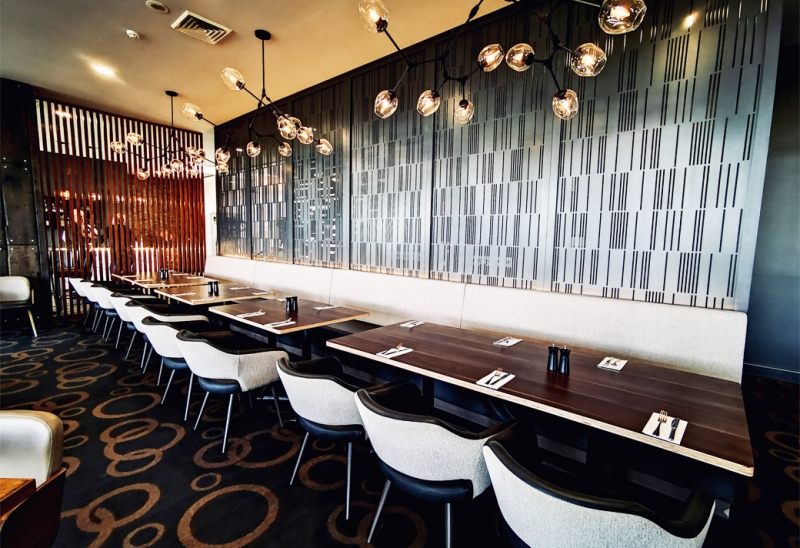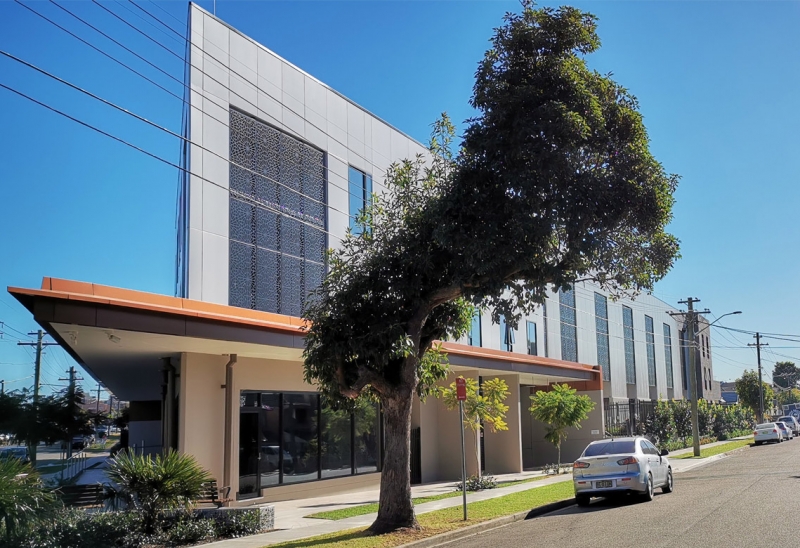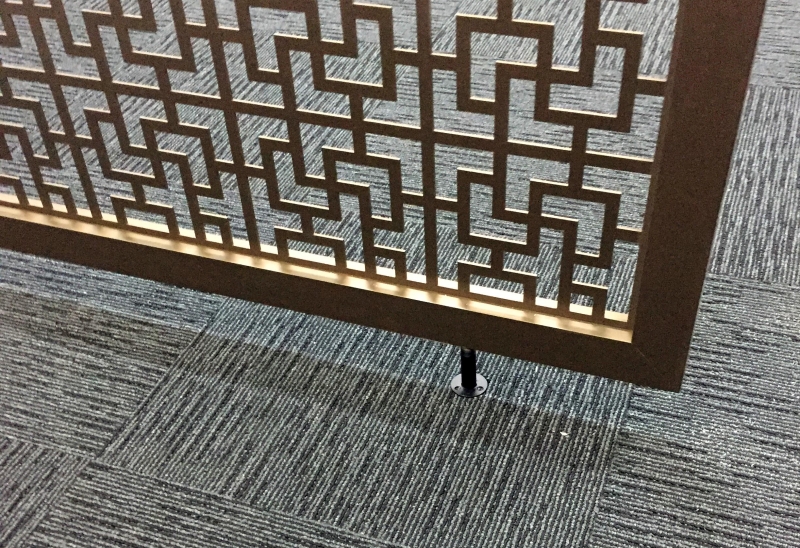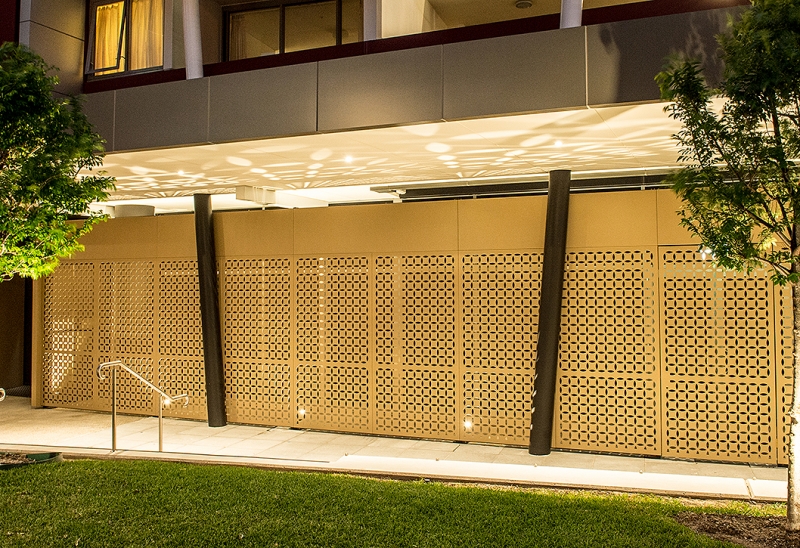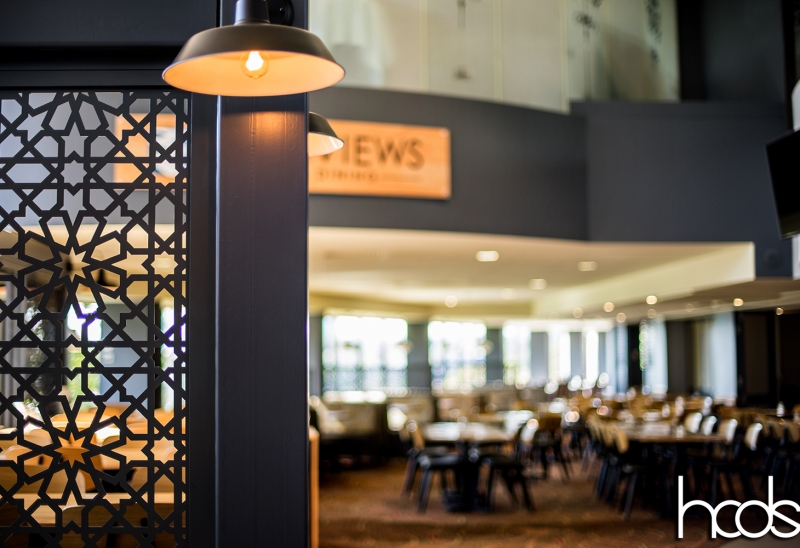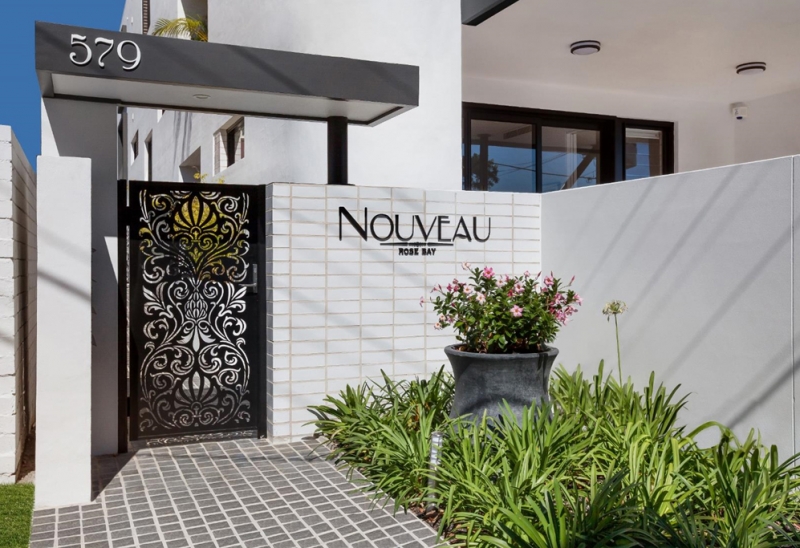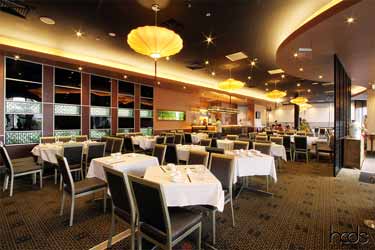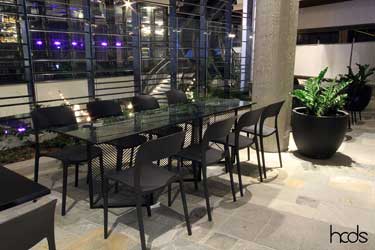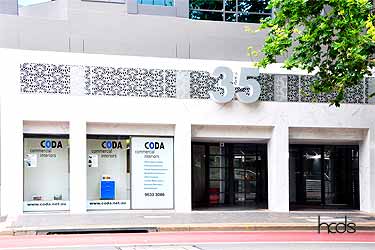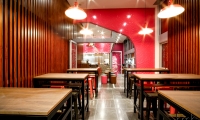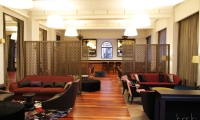Laser Cutting
Laser cutting is a technology that utilizes a laser in cutting different sorts of materials, frequently metals such as aluminum, carbon steel, stainless steel and copper alloys. It is broadly used in the metal fabrication industry to upsurge cutting speed and cutting capacity, diminish production costs, upturn productivity and advance cutting quality.
A laser or LASER (Light Amplification by Stimulated Emission of Radiation) is an apparatus that generates a greatly concentrated monochromatic and lucid beam of light. The light is created through the course of stimulated emission.
Among the most generally used laser in cutting is the carbon dioxide laser (CO2 laser), a type of gas laser that is also used in welding. It is capable of radiating a maximum of 100 kilowatts at 9.6 µm and 10.6 µm as well as cutting 20-30 m of one millimeter-thick material in just a minute.
Cutting is done by targeting the energy produced by the high-power laser at a trivial portion of the object to be cut. That small portion is perforated first before a cut is made.
From the small hole, a cut is made either by moving the beam across the expanse of the material being cut, or by stirring the object while the laser is kept still. One can employ both procedures. As the penetrating beam of light strikes the fragment of the object or material, the latter’s temperature rises, making it melt, burn and evaporate even wanting sufficient amount of heat.
Not all materials necessitate the same quantity of laser power (the rate at which energy is transported by the light). Thicker materials need additional laser power while thinner ones require lesser laser power. Typically, carbon dioxide laser cutting is completed with 1,000 to 1,500 watts. Materials such as steel require more than two kW.
Compared to other metal cutting techniques, laser cutting is far more expedient, although it has some drawbacks, too. Its primary advantages are accuracy, cutting quality, cutting speed and low-cost. Among its disadvantages is its hefty voltage requirement. There is also peril of getting grave burns from the laser beam.
But with HCDS, you don’t have to worry about all these disadvantages. We cater only the best and expert laser cutting technology to ensure that all your laser cutting needs are efficiently provided for.
Selecting a Product
Be clear about what you want to screen – is it just photographic or is it acoustic as well? Create a list of necessities your privacy screen must meet.
Entry spaces can truly benefit from the use of privacy screens. This is one area where they are becoming increasingly popular.
Decorative privacy screens can be utilized to divide large open plan spaces to generate ‘visual’ rooms. They can also be used to create an acoustic ceiling or wall lining in high noise areas.
There are numerous graphic styles and concepts you may choose from, so think about which style would optimally suit the interior look and feel of your own home. A screen is a sculptural bit which you can style in a really personal way; you may even desire to have a family picture laser-cut into the design.
Today’s material options and styles are numerous, and seeing contemporary architectural materials meeting with customary concepts is nothing short of remarkable.
There are some privacy screen materials that require some amount of care. In choosing the material of your privacy screens, make sure you think about how it is maintained to ensure that you will be able to properly maintain it in the future.
Compare the costs and quality of all these materials. Choose a privacy screen that is within your budget without compromising the quality.
HCDS is a growing company in the field of producing quality and cost effective aluminium screens. We endeavour to deliver the most cost effective way of moulding Aluminium Screens to help our customers outdo their competitors with an exhilarating play of shadow and light.
We specialise in manufacturing a broad range of steel and Aluminium fixed and adjustable louvres, security and shade solutions for homeowners, lattice and slatting products to provide state-of-the-art privacy, plantation shutters, home renovators, project builders, property developers, architects, commercial and industrial property owners along with councils.
With every piece of our steel and aluminium shade, privacy and screening produces custom-made and manufactured to your terms, we offer complete tractability not only in design, but also in selections of colours, styles and sizing.
Selecting a Design
Information You Need to Know
Ordering a Screen
Latest News
Well Framed Screens For A Range Of Applications
Displaying your brand identity can be as easy[...] Read More
The Designers Alternative To Traditional Privacy Screens
Are you in need of movable screens? These[...] Read More

